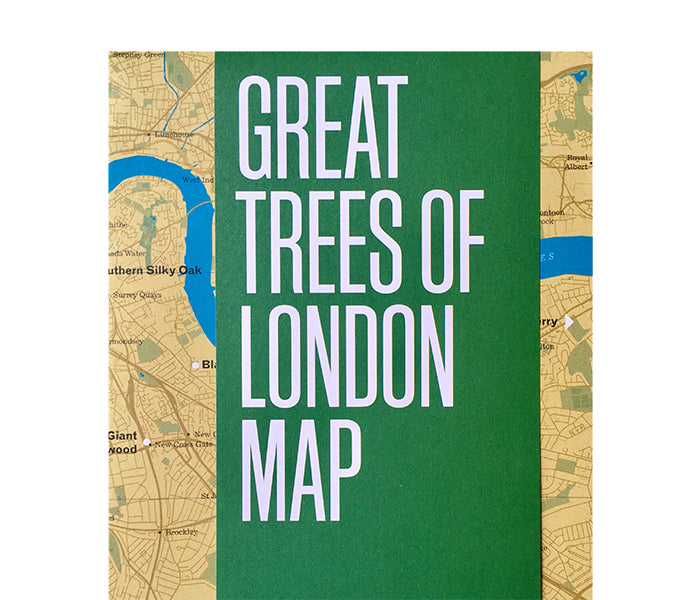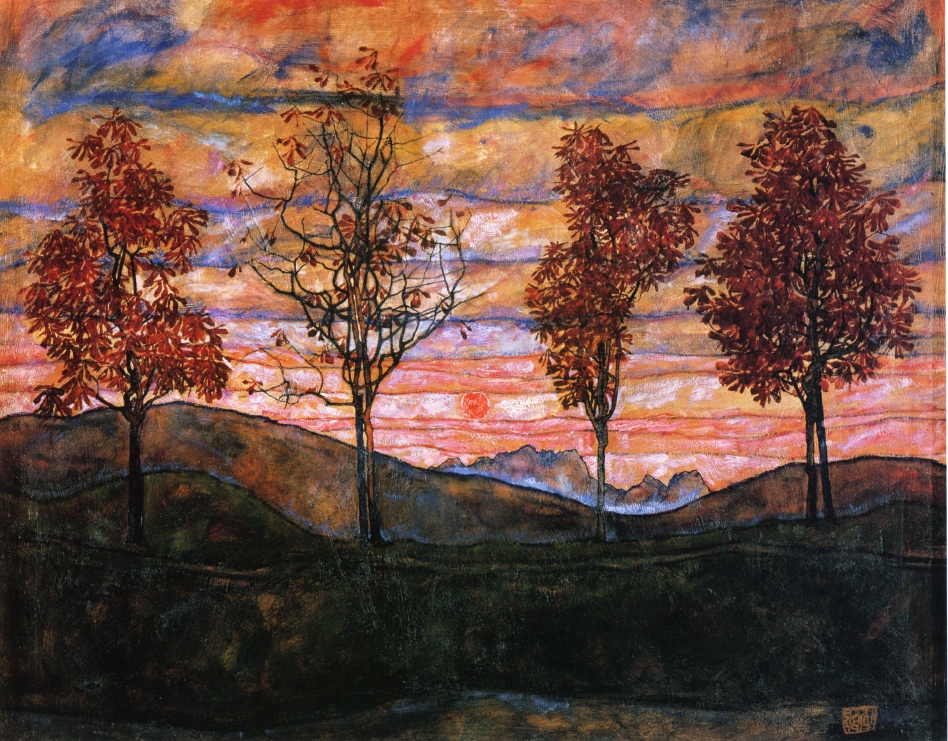You are using an out of date browser. It may not display this or other websites correctly.
You should upgrade or use an alternative browser.
You should upgrade or use an alternative browser.
Trees
- Thread starter version
- Start date
version
Well-known member

How urban planners' preference for male trees has made your hay fever worse
Horticulturist urges better gender mix of city trees to mitigate rising asthma and CO2 pollution levels
one for the londoners to buy

 bluecrowmedia.com
bluecrowmedia.com

Great Trees of London Map - Printed Guide to London's Great Trees
Edited by Paul Wood, our Great Trees of London Map reveals highlights from London’s uniquely diverse urban forest. Featuring rare species, magnificent English oaks, an ancient yew and the finest flowering cherries, this wide selection of trees spans from Kew Gardens to Greenwich Park, and...
Found a good section about coconut trees in Melville's novel 'Omoo'
Towards the end, when he's talking about the swaying orchards, it puts me in mind of VR/immersive scenes.
Herman Melville's description of the Cocoa-palm tree (from 'Omoo' 1847)
www.mfetzcalatto.com
Towards the end, when he's talking about the swaying orchards, it puts me in mind of VR/immersive scenes.
SHOCKING and sad discovery at my favourite tree:
bit of a clickbait title as homage to youtube videos, but it is actually a bit sad
bit of a clickbait title as homage to youtube videos, but it is actually a bit sad
Yew 2 (Jan 2023)
www.mfetzcalatto.com
Murphy
cat malogen
Greeks had a thing about trees
Dodona, Zeus, Jason of the Argonauts and oak trees
Athena, Poseidon, Hercules and olives
Persephone and the pomegranate
Agdistis, Nana, Attis, Phyllis and almond trees
Hera, Landon, the Hesperides, Paris, Eris, Helen of Sparta, Hercules, Atlas and apple trees
Apollo, Cyparissus and cedars
Sykeus, Demeter, Apollo plus crow and fig trees - sycophants = fig eaters
Eros, Apollo, Daphne, Pythia and laurels
Plane tree of Hippocrates and same tree with rape of Europa by Zeus
Dodona, Zeus, Jason of the Argonauts and oak trees
Athena, Poseidon, Hercules and olives
Persephone and the pomegranate
Agdistis, Nana, Attis, Phyllis and almond trees
Hera, Landon, the Hesperides, Paris, Eris, Helen of Sparta, Hercules, Atlas and apple trees
Apollo, Cyparissus and cedars
Sykeus, Demeter, Apollo plus crow and fig trees - sycophants = fig eaters
Eros, Apollo, Daphne, Pythia and laurels
Plane tree of Hippocrates and same tree with rape of Europa by Zeus
Murphy
cat malogen
Aye, dryads and oreiades
Δρυας Δρυαδες Ορειας Ορειαδες Dryas, Dryades, Oreias, Oreiades - Dryad, Dryads, Oread, Oreads
Of the Tree or Oak (drys), Of the Mountain (oros)
Δρυας Δρυαδες Ορειας Ορειαδες Dryas, Dryades, Oreias, Oreiades - Dryad, Dryads, Oread, Oreads
Of the Tree or Oak (drys), Of the Mountain (oros)
(1) The Meliai (Meliae) were nymphs of the ash-trees. They were born when Gaia (Gaea, the Earth) was impregnated by the blood of the castrated Ouranos (Uranus, the Sky). They were wed by the men of the Silver Age--in the time before the first woman was created--and from them mankind was descended.
(2) The Oreiades (Oreads) were nymphs of the mountain conifers. The eldest of these were daughters of the five Daktyloi (Dactyls) and five Hekaterides (Hecaterides). Subsequent generations were descended from these elder Oreiades and their brother Satyroi (Satyrs).
N.B. In ancient Greece most of the forests were located on the slopes of the rugged hills and mountains, sas the majority of the lowland forest had been cleared for farming. It was therefore natural for the Greeks to think of Dryades as mountain-dwellers.
(3) The Hamadryades (Hamadryads) were the nymphs of oak and poplar trees. They were usually connected with river-side trees and sacred groves.
(4) The Maliades, Meliades or Epimelides were nymphs of apple and other fruit trees and the protectors of sheep. The Greek word melas--from which their name derives--means both apple and sheep.
(5) The Daphnaie were nymphs of the laurel trees, one of a class of rarer tree-specific Dryad. Others included the Nymphai Aigeiroi (of black poplars), Ampeloi (of grape vines), Balanis (of the ilex), Karyai (of the hazel-nut), Kraneiai (of cherry-trees), Moreai (of the mulberry), Pteleai (of elm trees), and Sykei (of fig trees).
Many of these nymphs were associated with a broader domain--Oreiades were nymphs of the mountains, Alseides of the sacred groves, Aulonides of glens, Napaiai of vales.
I'm in Wales and went to visit a 4000 year old Yew Tree, in Llangernyw.
Really huge.

No central trunk but the branches have replanted into three "daughters".



Quite a lot of "petrified" elements, more pronounced than on the magic tree near my house.


Strange skin/flesh quality on some of the trunks and branches, this marbling effect like a Blake etching. Layers of different colours of skin peeling off.


Classic Yew gnarls, but just a lot more than I've seen in one place before.


And amazing roots. A lot going on.

Really huge.

No central trunk but the branches have replanted into three "daughters".



Quite a lot of "petrified" elements, more pronounced than on the magic tree near my house.


Strange skin/flesh quality on some of the trunks and branches, this marbling effect like a Blake etching. Layers of different colours of skin peeling off.


Classic Yew gnarls, but just a lot more than I've seen in one place before.


And amazing roots. A lot going on.







